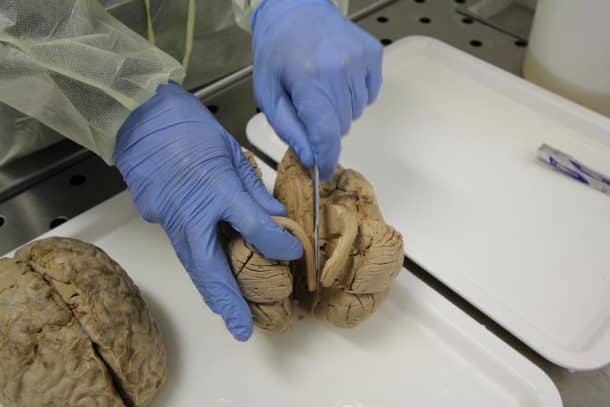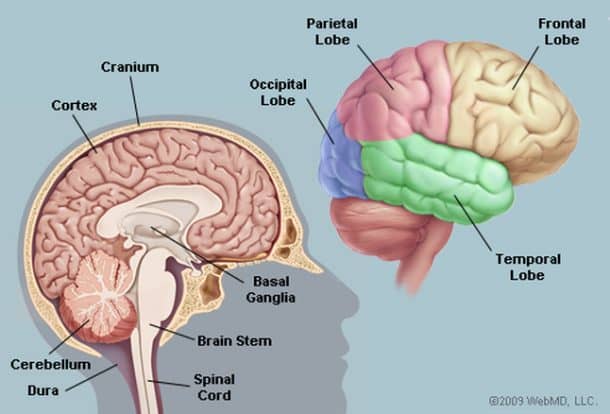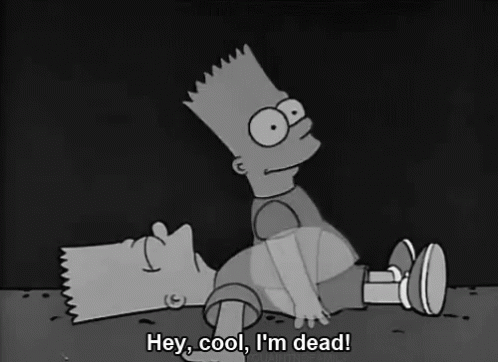What’s in store for us beyond this life? Is it another grander destination, or will it be a state of nonexistence just like the one before we were born? These questions have haunted human beings since the dawn of our species, leading to many attempts at answering them, which includes philosophy, religion, myths, etc. But as we all now know, if there ever is any chance of an objective and conclusive answer to the problem, it would come from modern day science.
With this in mind, the good folk at Vice decided to explore the issues with a scientist. Australian neurologist Dr. Cameron Shaw examined the proposition of the reality of death by dissecting a human brain moments after the death, and his conclusions are nothing short of fascinating!
The experiment was done on the self-donated body of a woman to the Deakin University as a contribution to science.

Dr. Shaw and his team dissected her brain and elaborated on the phenomenon at the time of death by explaining the structure of the brain. He states that the human brain has developed in layers over millions of years, and has added structures of complexity as humans evolved. The evolution of the brain began with the most primitive area – the basal ganglia – which helps with basic functions required to keep our species alive such as hunger and libido as well as motor skills and movement.
Then the hippocampus and temporal lobe came around and brought in more intellectual and emotional complexity, along with adding capabilities such as learning and memory. Human brain’s outermost layer, the cerebral cortex, is the most recent one, which consists of four lobes and dictates decisions on the issues of morality and plans for the future.

Dr. Shaw explains that the layers of a brain are important since it dies in stages as well. The outer layer, giving us our personality, sense of the future, etc. dies first within 10 or 20 seconds. Brain areas holding memory and our communication abilities die next, with the core fighting off till the last. This means that while a person might be brain dead, he/she still might retain some vital signs till the very end, although their existence is no more than a vegetative state. Dr. Shaw elaborates,
“For all intents and purposes, you could say they’re dead because they don’t have a consciousness or an awareness of their surroundings. But if these basal structures are intact they’ll still breath and have a pulse.”
Only with more research and understanding, we can really solve the mystery of death. And if there really is something like a “soul” after death, this would probably be my reaction.




If the creator program human to understand death even in a single byte,the universe will.be filled in less the time you think.